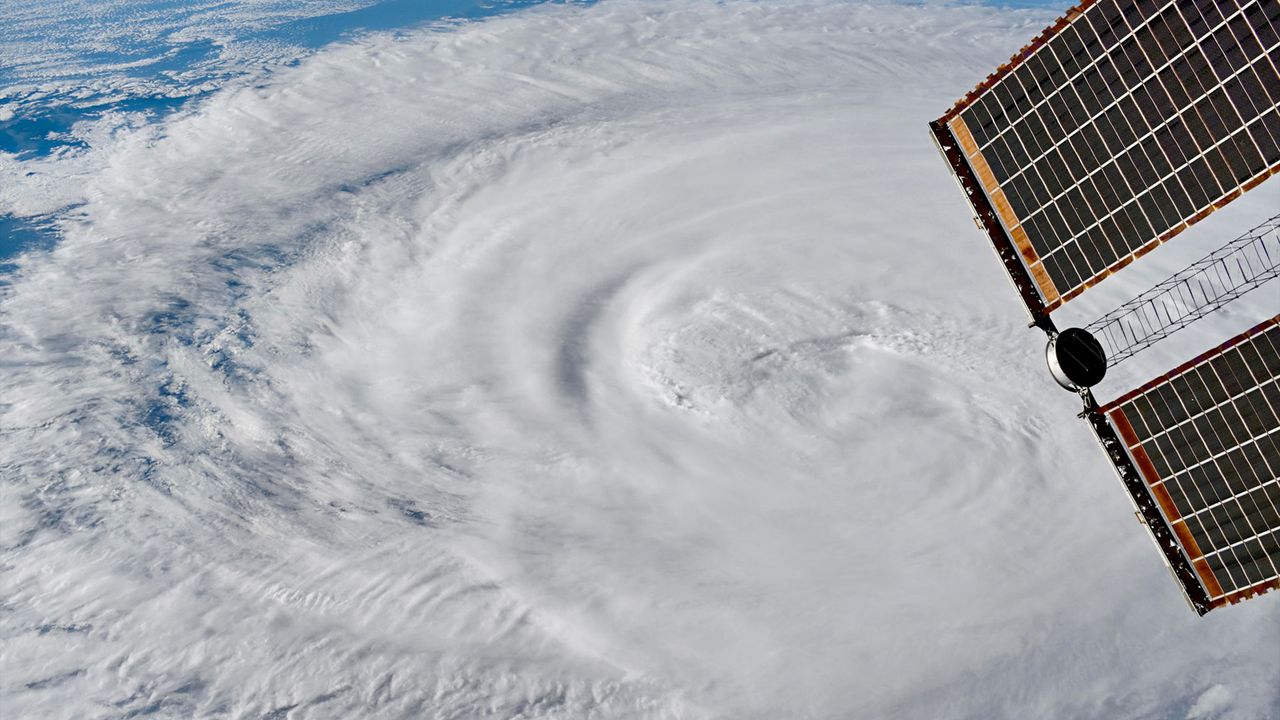On October 9, 2025, Japanese astronaut Kimiya Yui aboard the International Space Station (ISS) observed two active typhoons from orbit. The weather phenomena, known as Typhoon 22 and Typhoon 23, are significant tropical cyclones affecting the Northwest Pacific region. Yui’s insights, shared via social media, provided a rare perspective on these powerful storms.
Insights from Orbit
Yui noted that the eye of Typhoon 22 had become somewhat unclear but maintained its strong intensity. He described the storm’s swirling structure and urged viewers to stay updated on the latest weather information. “Typhoon 23 is a bit distant, but it is swirling with thick rain clouds on its southern side,” he wrote. His observations highlight the intricate dynamics of tropical cyclones, which are known as hurricanes in other regions.
The ISS serves as a unique platform for studying Earth’s weather systems from an elevated vantage point. The ability to observe such storms from space not only contributes to scientific understanding but also enhances global awareness of climate events.
Ongoing Activities on the ISS
While Yui’s observations garnered attention, regular science and maintenance activities continued aboard the ISS, although updates were limited due to a U.S. government shutdown. As part of Expedition 73, Yui collaborated with his crewmates and ground controllers to prepare for the upcoming arrival of Japan’s next-generation cargo vehicle, the HTV-X.
Yui expressed enthusiasm about his role in operating the Canadarm2, the robotic arm used to capture visiting spacecraft. “Preparations to welcome HTV-X to the ISS are steadily progressing,” he wrote on October 8. “I’ve been assigned to operate the arm and grasp it this time as well. The responsibility is significant, but I’ll cooperate with everyone to reliably carry out the mission!”
As of October 10, there are seven crew members aboard the ISS, including Expedition 73 commander Sergey Ryzhikov from Roscosmos, cosmonauts Alexey Zubritsky and Oleg Platonov, and astronauts from NASA: Jonny Kim, Zena Cardman, Mike Fincke, alongside Yui. Currently, two crewed spacecraft are docked: SpaceX’s Dragon “Endeavour” and Roscosmos’ Soyuz MS-27.
Additionally, there are four cargo spacecraft present, including Roscosmos’ Progress MS-31 and Progress M-32, as well as SpaceX’s CRS-33 Dragon and Northrop Grumman’s NG-23 Cygnus XL. The ISS has maintained a continuous human presence for an impressive 24 years, 11 months, and 8 days, underscoring its significance in international space collaboration.
As the ISS continues to operate in low Earth orbit, the observations of typhoons and the diligent work of its crew highlight the intersection of space exploration and Earth science, providing valuable insights for both scientists and the public alike.
